Ahare Mot – Parasha Pointers
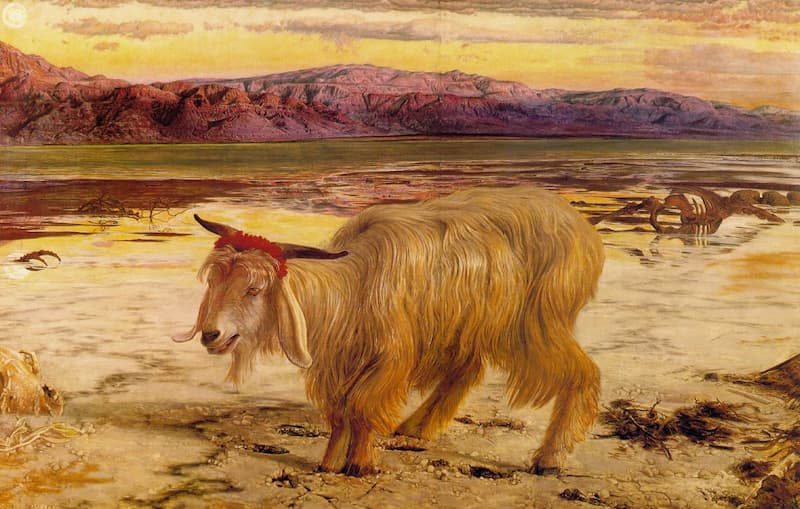
Chapter 16, verses 1-34, describes with great detail the process which would allow the Cohen Gadol (High Priest) to enter the Holy of Holies once a year, on Yom Kippur. While the Cohen was in the Holy of Holies, he was not allowed to touch anything, let alone open the holy Ark. Inside the Ark […]
Parashat Metzora: Curing Narrow-Mindedness
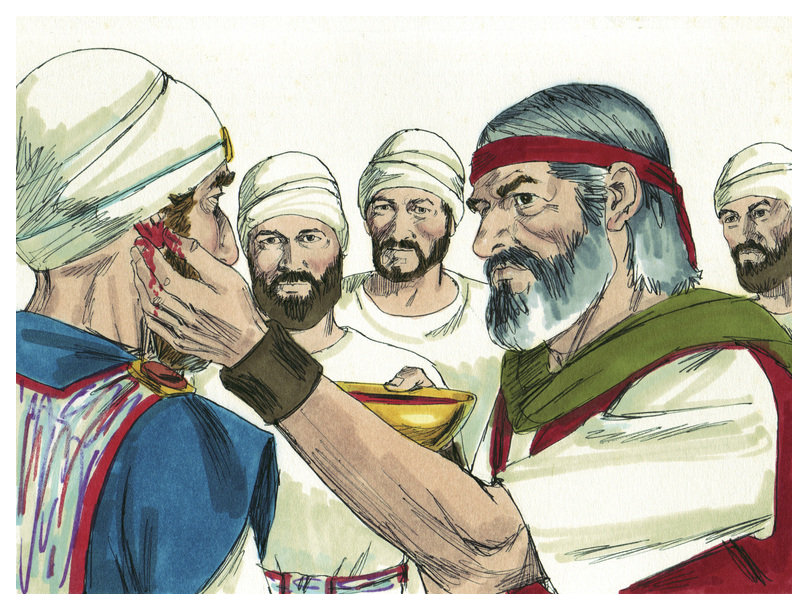
When the leper heals, he brings two live birds, cedar, crimson wool, and hyssop. The priest will slaughter one bird onto a clay vessel filled with fresh water. He will then dip the live bird, with the cedar, crimson wool, and hyssop, in the mixture of blood and water. He will sprinkle it on the […]
Parashat Tazria: Monsieur Le Peh Ra
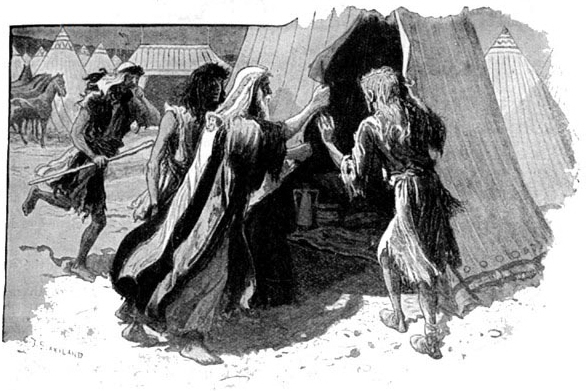
As seen in the Jewish Journal This is the story of Peh Ra. All his life, Peh Ra felt like a cattle owner, walking among his animals and marking them with a red-hot branding iron. Peh Ra had a nice collection of branding irons. Some people he branded “losers,” others were marked “nerds” or “geeks” […]
Parashat Tzav: Sacrifices. Same Old Story?
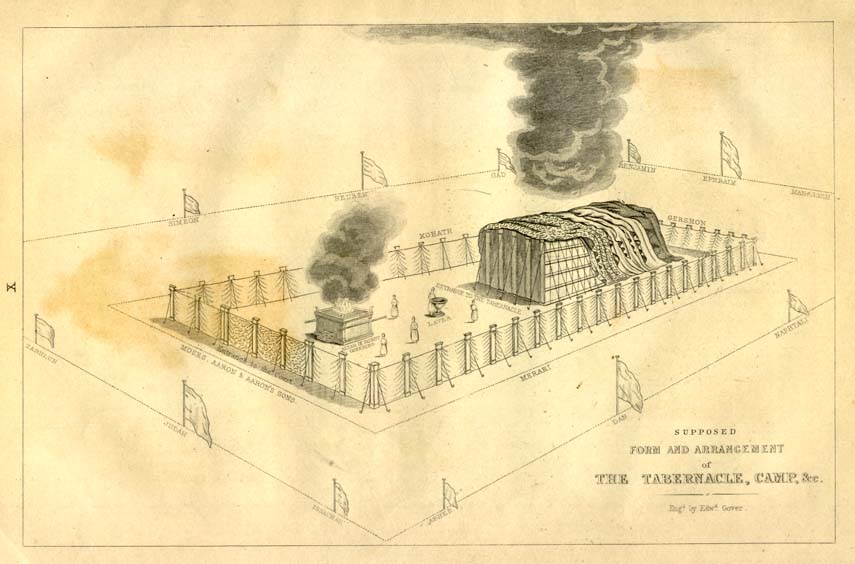
Prayers and Sacrifices The sages of the Midrash argue that there is a deep relationship between sacrifices and prayers: Rabbi Yehoshua Ben Levi said: Prayers were established as a substitute for the daily sacrifices (Berakhot 26:2). Rabbi Avho said: What replaces the oxen we used to sacrifice to You? Our lips, through the prayers we […]
Parashat Pekudei: Mishkan, 21st Century Edition
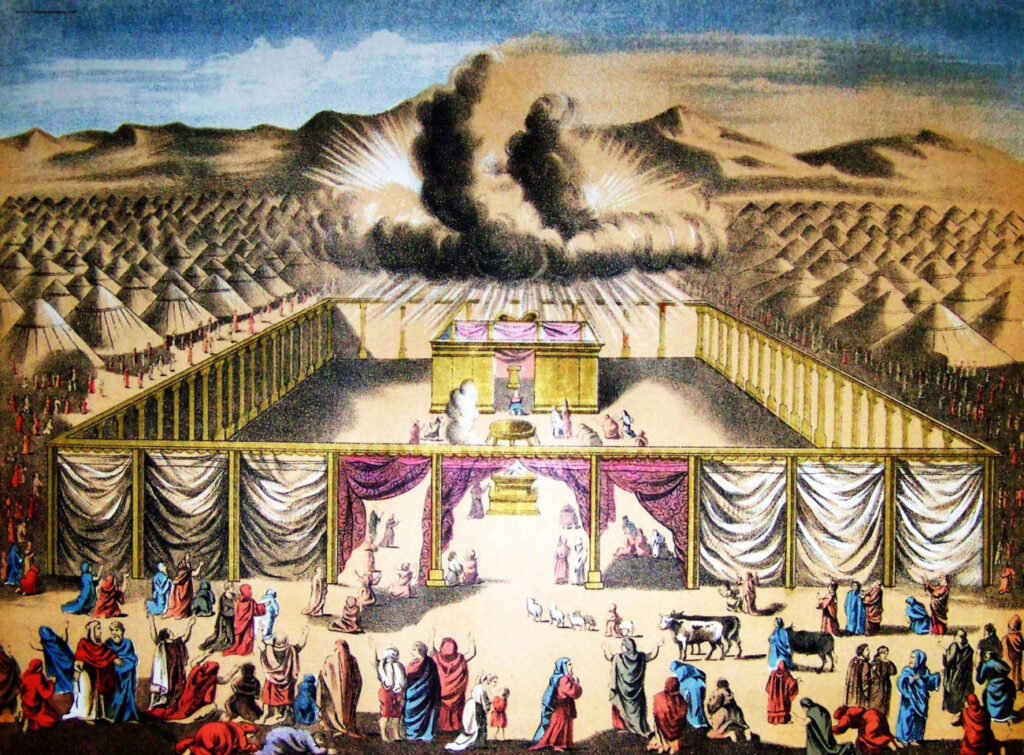
The Mishkan Today Parashat Pekudei concludes the detailed description of the construction of the Mishkan, which stretches over 14 chapters and 550 verses. The Mishkan served the Israelites in the desert and then wandered with them into and inside The Promised Land. The Mishkan moved from place to place until King Solomon finally built a […]
Parashat Vayakhel: Shabbat vs. Idolatry

Shabbat vs. Idolatry Shabbat is the last commandment given to the Israelites before they make the Golden Calf, and it is mentioned twice immediately afterwards (Ex. 31:12-18; 34:21; 35:1-3). In the first occurrence Shabbat is called a covenant, and in the last it is introduced with the words VaYakhel Moshe – Moshe gathered the congregation. […]
Parashat Ki Tisa: Spiritual Intimacy – Know God, Know Yourself

Moshe Wants to Know God Shortly after the momentous occasion of the Giving of the Law on Har Sinai, the Israelites commit a preposterous transgression. They make and worship a molten idol, the Golden Calf. Moshe pleads with God to show mercy to the rebellious nation, and then makes a request which seems to be […]
Parashat Terumah: Home, Mishkan, Eden

Mishkan and Home What can the Mishkan be analogized to? When I present this question at a class, the first, intuitive answer, is that the Mishkan resembles a home, and the second, which comes after a minute of contemplation, is the Garden of Eden. Like a home, the Mishkan has a table, a candelabra, a […]
Parashat Misphatim: A Beginner’s Guide to Piety

Forgotten Piety Immediately following the revelation on Mount Sinai, the Israelites are handed a long list of laws and regulations, detailed in Parashat Mishpatim. Surprisingly, these laws have very little to do with rituals, sacrifices, or spirituality. Rather, they deal with financial and physical damages, and with the responsibilities of borrowers and renters. To understand […]
Parashat Yitro: The Ten Concepts
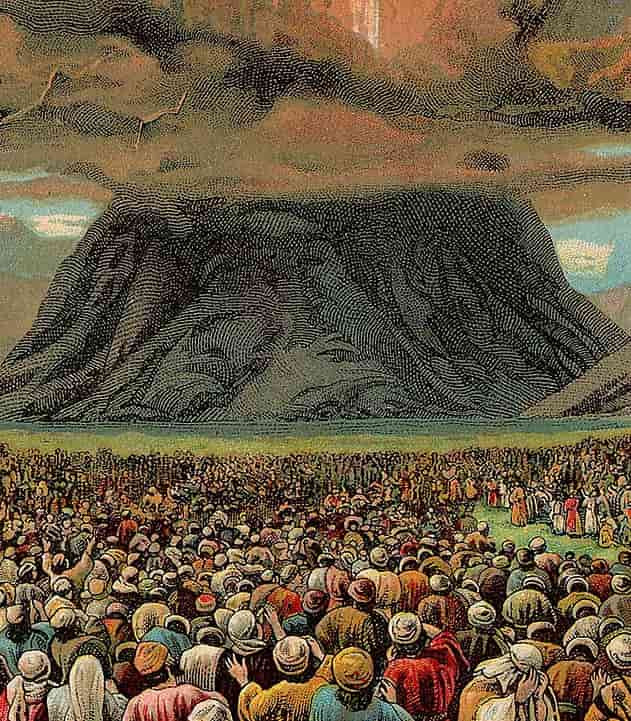
Concepts, not Commandments The famous term “Ten Commandments” is a misnomer. In the three references in the Torah to what we call the Ten Commandments, one term is used: עשרת הדברים – the Ten Concepts. ויכתוב על הלוחות את דברי הברית, עשרת הדברים He [Moshe] wrote on the tablets the words of the covenant, the […]
